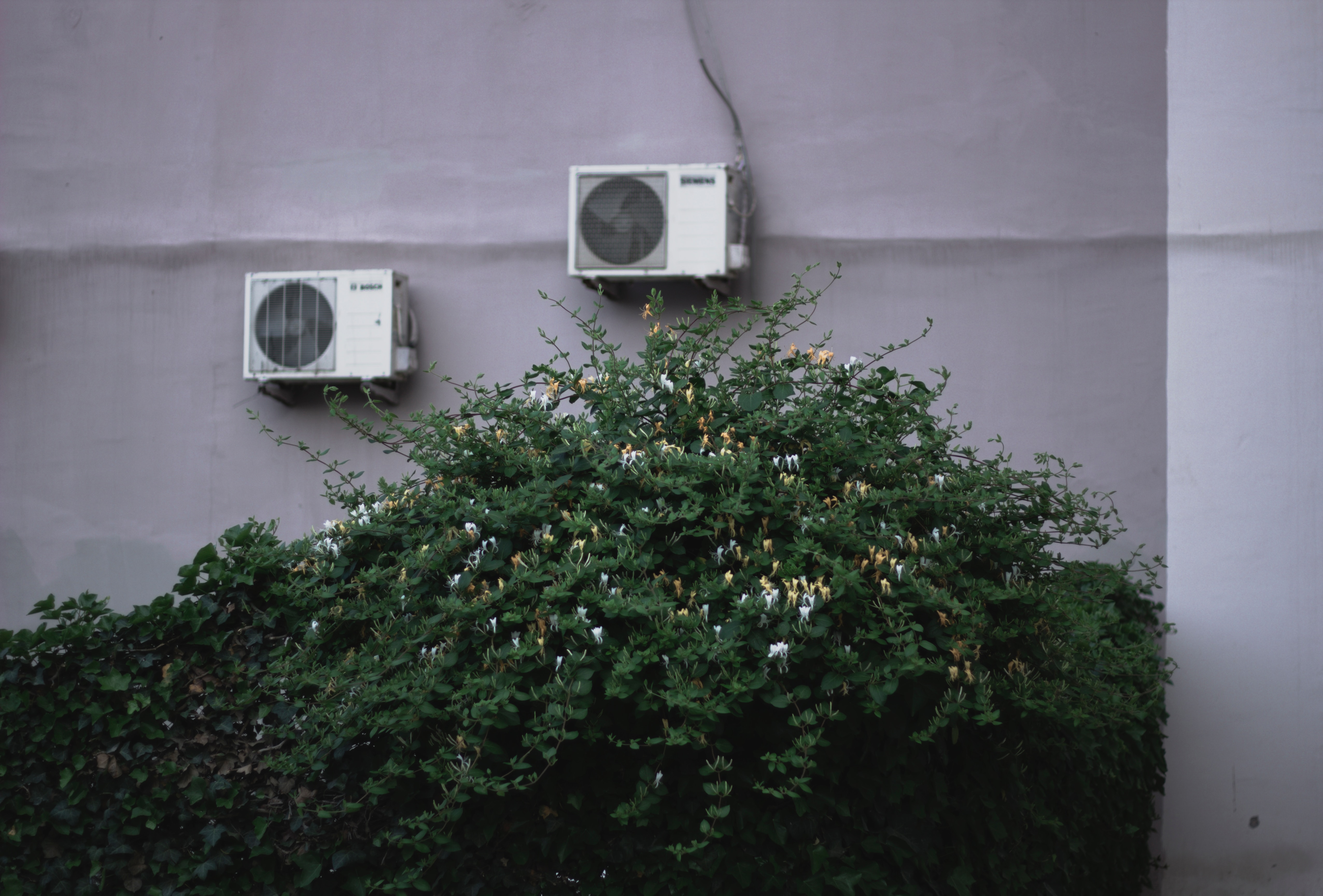24.10.2023
Summer's past. Working on mistakes or why do air conditioners only provoke heat more?

This summer a wave of abnormal heat has hit many countries, people started to use air conditioners everywhere to somehow protect themselves from the harsh climate. Unfortunately, the use of air conditioners only leads to even higher temperatures, thus fueling the climate crisis. According to experts, by 2100, it is estimated that approximately 3/4 of humanity will be suffering from life-threatening heat and humidity.
Abnormal heat in the cities
According to UNEP by 2050, if we stay on the same trajectory without changing anything, about 1,000 cities will experience average summer maxima of 35 degrees. The number of city residents exposed to such high temperatures will increase by 800%, reaching 1.6 billion by mid-century. The economy will also be affected. For instance, economists have calculated that in Dhaka, the capital of Bangladesh, heat stress has resulted in a loss of 8% of the city's GDP, and this figure will only increase as temperatures rise.
Artificial cooling and the climate change crisis
Cooling contributes a lot to global warming. Most air conditioners and other refrigeration equipment use hydrofluorocarbon refrigerants, which in turn are strong greenhouse gases and consume large amounts of energy. This makes them twice as dangerous for the climate. Due to rising heat waves, emissions from refrigeration and air conditioning are expected to double by 2030 and triple by 2050. As it stands now, space cooling demand accounts for nearly 20% of all electricity used in a city; it is the fastest growing form of energy use in buildings worldwide and will only triple in 30 years.
That is, the more we cool our apartments and offices, the more we heat up the planet.
How to reduce the environmental impact of artificial cooling
The cities, especially megacities, can implement and incentivize alternative solutions to reduce the impact of abnormal heat. Urban planning techniques, more green spaces, centralized cooling systems, trigeneration technologies and a number of other measures will reduce the use of air conditioners. Natural and green areas of megacities provide a range of ecosystem services: the urban heat island effect is mitigated, the need for artificial cooling is reduced, and the resilience of citizens to extreme heat is increased. Nature in the city is one of the most effective measures to adapt to climate change.
According to a UNEP report, on a typical sunny day, a single tree can provide a cooling effect equal to two home air conditioners running for a day.
The establishment of lakes, canals, ponds and wetlands in urban development, can also produce a positive cooling effect. The UNEP and the Government of Lao Republic are now engaged in a major wetland restoration project in 4 cities. This is expected to benefit 10% of the urban population. And according to the National Research Council of Canada, "green roofs" that are fully or partially covered with plants can reduce summer air conditioning costs by up to 75%.
The benefits of "natural solutions" for city cooling have long been known, but a better understanding of the processes and accelerated implementation are required to achieve a tangible impact.
Unsplash/ Leman / Konrad Koller













.jpg)






















.jpg)




























































Comments